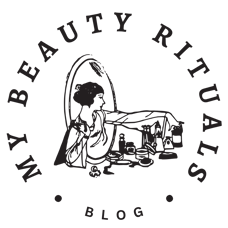Understanding Skin Types: Why It Matters for Your Skincare Routine
When it comes to skincare, one size definitely does not fit all. The foundation of an effective skincare routine is knowing your skin type. This knowledge helps you choose the right products, avoid unnecessary irritation, and keep your skin healthy and glowing.


The Main Skin Types
Most experts categorize skin into five main types:
Normal Skin: Balanced, not too oily or dry, with few imperfections and a radiant complexion.
Dry Skin: Feels tight, rough, or flaky, and may show fine lines more easily. It lacks moisture and can be sensitive to environmental factors.
Oily Skin: Shiny, especially in the T-zone (forehead, nose, chin), with enlarged pores and a tendency toward blemishes and blackheads.
Combination Skin: Oily in some areas (usually the T-zone) and dry or normal on the cheeks. This type requires a tailored approach for different zones of the face.
Sensitive Skin: Prone to redness, irritation, and reactions to products or environmental changes. Sensitive skin can overlap with other types.
Why Is It Important to Know Your Skin Type?
1. Choosing the Right Products:
Using products formulated for your specific skin type ensures better results and minimizes the risk of irritation or breakouts. For example, heavy creams may be perfect for dry skin but too much for oily skin, while oil-free moisturizers are ideal for those with excess sebum production.
2. Preventing Skin Issues:
Products that don’t match your skin type can cause or worsen problems—think breakouts from rich creams on oily skin, or increased dryness from harsh cleansers on dry skin.
3. Saving Time and Money:
Knowing your skin type helps you avoid the trial-and-error of buying products that don’t work for you, saving both time and money.
4. Adapting to Changes:
Skin type can change over time due to age, hormones, environment, and lifestyle. Regularly reassessing your skin ensures your routine continues to meet its needs.
How to Identify Your Skin Type
Observe your skin after cleansing: Wait 30 minutes after washing your face and see how it feels and looks.
If it feels tight or flaky, it’s likely dry.
If it looks shiny everywhere, it’s oily.
If only the T-zone is shiny, it’s combination.
If it feels comfortable and looks balanced, it’s normal.
If it stings, burns, or gets red easily, it’s sensitive.
Understanding your skin type is the first and most important step in building a skincare routine that truly works for you. It empowers you to make informed choices, protects your skin’s health, and helps you achieve the best possible results so you can enjoy healthy, radiant skin every day.
